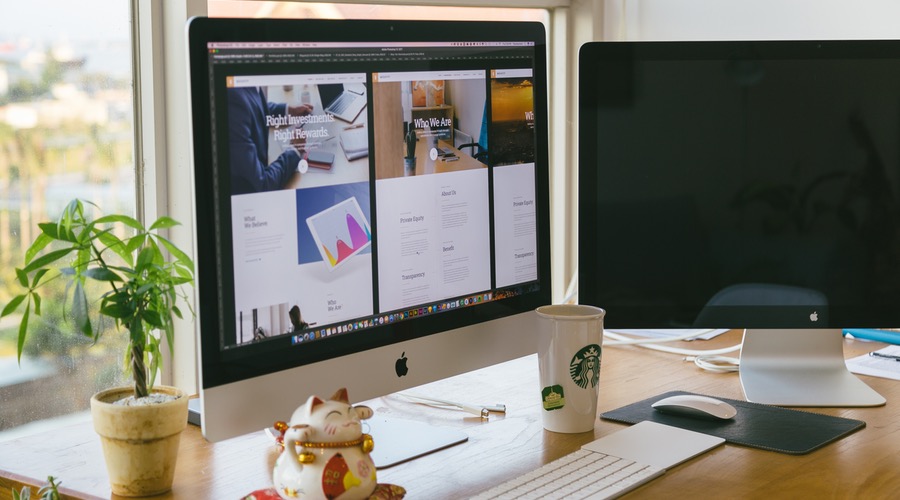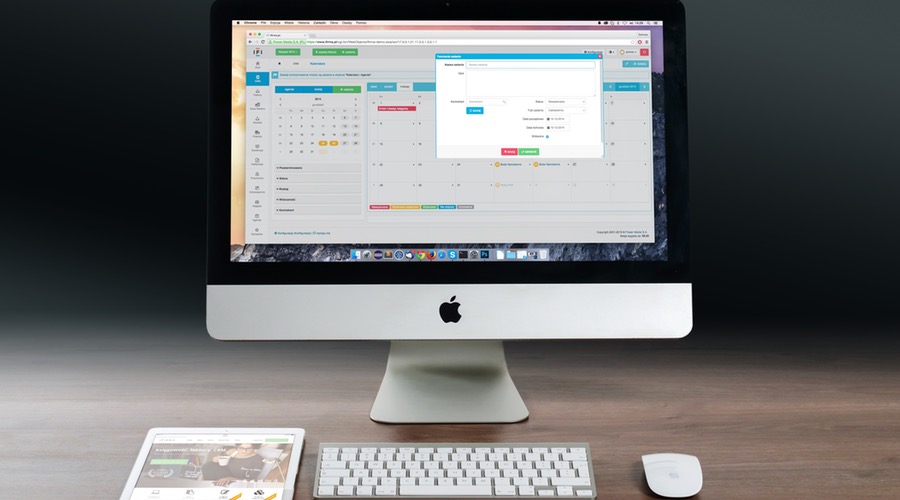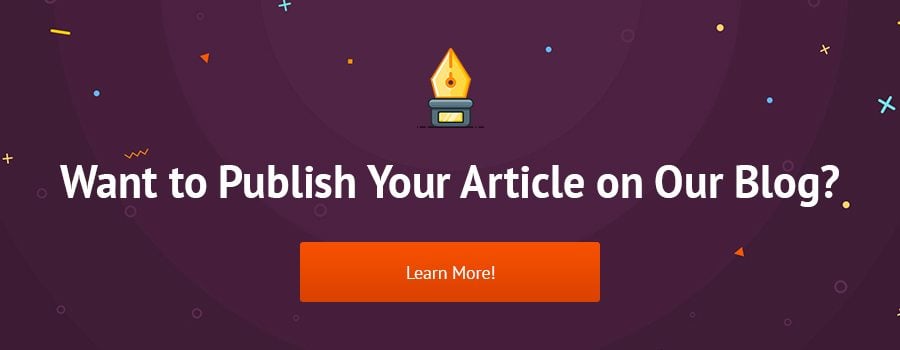20 Strategies to Max Results from Filtered Navigation on Your Site
Bad navigation is among the cardinal reasons behind site abandonment since users always favour websites which provide quality and an enjoyable user experience. Implementing effective navigational techniques is imperative for ensuring that the users continue to explore the site instead of leaving it.
Check our free Web Design eBooks:
Making Your Website Responsive. What Are Your Options?
What Can Go Wrong When Launching a Website
UI Tips for Web Design Enthusiasts

However, conversion rates are a complicated subject which is influenced by many factors and presenting such a huge variety to the users can also have negative consequences. Testing filtered navigation before implementation is important since it yields real results. Testing helps determine if you really need the setup or how it can affect usage within your website.
Filtered navigation is the most effective technique to increase the conversion rates of your site. It can be paired with other features to maximise the effect it has on your site since it exhibits good compatibility. The following 20 tips will help optimise filtered navigation for your site so you can both retain users and increase conversions.

Display Number of Items User Can Get
Displaying the number of items users can select beforehand helps in deciding whether to choose items from there or not. This way, the user is aware how many items are in a category and can be purchased without any complicated steps of adding them.Positioning Matters
The effects of the positioning of filtered navigation are different for each site. For some sites, placement above content in horizontal positioning has maximum effect. For others, positioning the navigation bar on the left side away from content works well, so it is best to test it out before implementation. You can also take the help of your website development company for optimizing filter navigation.
Provide Product Listings for User Navigation
Once users have decided the products they wish to acquire, they will begin purchasing them and listing the pages along the way. Provide the users multiple pages to shop at and plenty of products to choose from. The pages should be helpful and relevant to what they are searching for so they can explore and shift between them when searching for what they require.
Display Filters Applied by User
Users often forget what they have been searching recently, so providing them with a history of applied filters enhances the user experience. By reminding the users what they have been searching for not only improves the quality of experience but also reduces chances of abandonment due to forgetting searched item.Allow Users to implement Multiple Filters
There are different users who visit sites. While some are only searching for desired products, while others have a concrete idea about what they want and are looking for the products to purchase it. Such customers are looking for specific products and services, hence require a means to immediately filter out unnecessary data and pin down the information they seek. Providing them with multiple filters helps them remove unwanted data from their searches, leaving them with what they want and ultimately resulting in a purchase from your site, adding to your conversion rate.
Apply Relevant Filters
Filters are only as good as the help they provide the customers in searching for their desired information. Naturally, the filters should aid the user in separating a specific product of their choice from the data set provided to them. Scouring the market and finding out what filters competitors are applying and researching from customer trends data can help implement the correct filters on your e-commerce site that will be positively received by users.Provide Filters Required by Customer
Although site functionality is fundamental, without filters required by the customer the site will fail to attract traffic. Searching analytics and reviewing customer feedback can provide you all the necessary details to create and implement the filters sought after by customers, enhancing user experience and giving a breathable environment.
Allow Certain Filter Deletion Options
Enhance the level of filter implementation with visual filtering, which allows altering filter settings from product listing directly. This way, users don’t have to access the filters each time to change them. For example, hiding or removing brand options when hovering the cursor over the products spares users the hassle of going over the long list of filters each time they wish to modify their search.Create Easy to Understand and Use Filters
A filter is no good is, it is not understandable, so keep your filters easy to understand and implement. If the users are able to successfully use the filters, then they will be able to find the product on your site.Implement Manual Filters for Customizable Searches
Sometimes users need to personalize their searches to a deeper level, in which case manual filters serve as perfect functions. For example, checkboxes and fields to enter price ranges can be implemented to allow users to refine their searches according to their specifications. Setting ranges for searches, depending on alphabetical orders, brands or prices permit users to find their desired products faster and efficiently.
Provide options for searching
Users have different habits and customizing search options accordingly allows them to make the most out of your site. While some users favor entering their filter ranges manually, others will be looking towards predefined values. Providing options for the cases accommodates both users, catering to their requirements and increasing number of potential customers.Display Product Counter
Product counter keeps the user informed about their selections and permits them to check how they have used site filters so far. Customers filter through several products before choosing the desired one and product counter speeds up this process.Thematic Filters for Attention
Adding thematic filters immediately catches the users’ attention by making them feel bound to check them. Filters such as “Midnight Deals”, “Summer Sale”, and “Top Sellers” are perfect for drawing customer attention and enticing them towards purchase. While they may be searching for another desired product, they will definitely check out these filters and chances are they may purchase items from here as well.Allow switching between Filter Groups
Providing options to users isn’t just the end of the task; making them useable and understandable are just as important. Create the filter groups as being toggleable so the users can shift between them easily. This removes the unnecessary burden of checking out the long list of filters and the technique is also mobile UI friendly, from which a majority of purchases are made.Overview of Navigation
Whenever a user visits your e-commerce web page, they naturally expect help for navigating the site. This can be easily done by providing category level navigation in which the users are provided with an overview of the site and how to move down through the hierarchy. This way, the customer can easily access and move through available data that is provided by your online store.
Keep Previous Searched Text
If the customer does not find what they are looking for, they will attempt to search again by modifying their text. Keep the originally searched text so the user does not have to retype the entire string again.Research Customer Trends
Understanding what the customers are searching for, how they search for it and their behavior is fundamental for changing visitors into leads and adding to conversion rate. By developing user personas and modifying filters accordingly, both level of user experience and conversions can be increased.Quick Checkout for the Win
Implement quick checkout systems and options to purchase from other platforms such as social media for user friendliness and allow customers using different platforms to access and purchase from your site.Keep Recently Viewed Items Visible
Users forget their recent searches, so as reminders recently searched items can be made visible. By checking them, users can remind themselves about their searches without having to go back on pages or checking history manually.Provide Related Products to User Search
The user may be interested in purchasing related products to what they have chosen but are unaware of them. By supplying them with the information, they can be assisted towards further purchases which add to site revenue.Final Thoughts
A good website should be an embodiment of user savvy features with quality products and services. When there is too much to offer or your products have extended modification with them, a filtered navigation becomes imperative to the process. By using these 20 tips shared in this article, you will not only get better user experience for your customers but also improve your store revenues on a landslide percentage.

Related Posts
- The Ten Best WordPress Navigation Menu Plugins for Your Website
- How to Build a Slide-Out Navigation Menu With CSS & jQuery
- How to Build WordPress Navigation Using wp_nav_menu
- “Where Am I?” Common Website Navigation Mistakes and Their Solutions
- Coding a Mobile-Responsive Website Layout Using Footer Navigation
- How to Code a Hidden Sliding Navigation for Responsive Websites
Don’t miss out these all-time favourites
- The best hosting for a WordPress website. Tap our link to get the best price on the market with 82% off. If HostPapa didn’t impress you check out other alternatives.
- Monthly SEO service and On-Page SEO - to increase your website organic traffic.
- Website Installation service - to get your template up and running within just 6 hours without hassle. No minute is wasted and the work is going.
- ONE Membership - to download unlimited number of WordPress themes, plugins, ppt and other products within one license. Since bigger is always better.
Get more to your email
Subscribe to our newsletter and access exclusive content and offers available only to MonsterPost subscribers.

Leave a Reply
You must be logged in to post a comment.